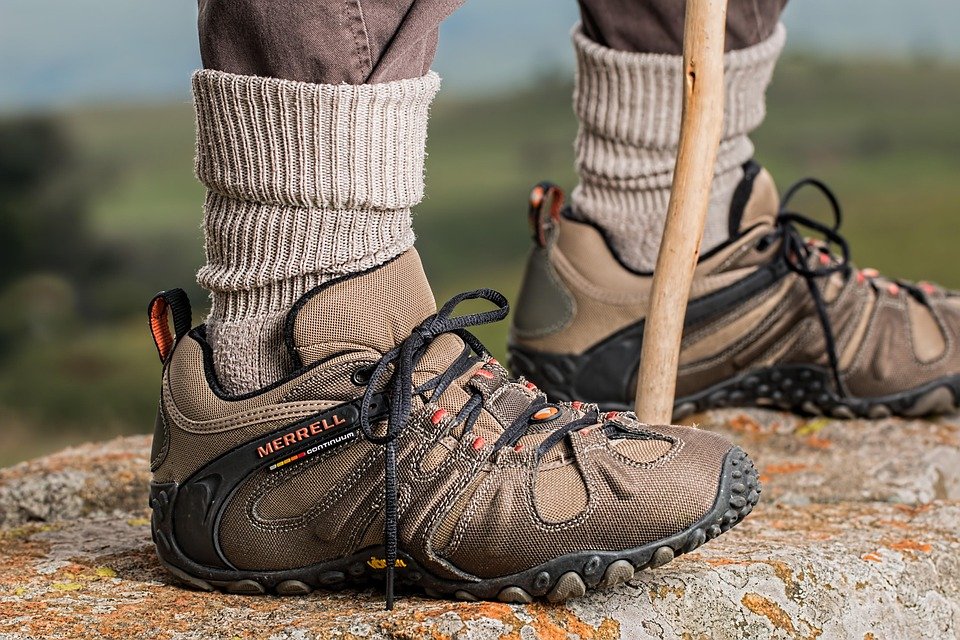[ad_1]
In the competitive world of sports, recovery is just as crucial as training. Athletes constantly push their bodies to the limit, leading to muscle fatigue, inflammation, and even injury. Traditional recovery methods—such as rest, stretching, and ice baths—remain essential, but cutting-edge biohacking techniques are now revolutionizing how athletes optimize healing and performance.
Biohacking, the practice of using science and technology to enhance the body’s natural processes, offers innovative solutions to accelerate recovery, reduce downtime, and improve overall athletic longevity. Here’s a look at the most advanced biohacking recovery methods available today.
1. Cryotherapy & Cold Exposure
Cryotherapy involves exposing the body to extremely cold temperatures (as low as -200°F) for short periods (2-3 minutes). This triggers vasoconstriction followed by vasodilation, reducing inflammation and promoting faster muscle repair. Whole-body cryotherapy and localized cold plunges are popular among elite athletes for speeding up recovery after intense training sessions.
Benefits:
- Reduces muscle soreness
- Enhances circulation
- Accelerates injury recovery
2. Infrared Sauna Therapy
Unlike traditional saunas, infrared saunas use light to penetrate deep into tissues, promoting cellular repair, detoxification, and relaxation. The gentle heat increases blood flow, which helps flush out metabolic waste and deliver oxygen to fatigued muscles.
Benefits:
- Reduces oxidative stress
- Improves sleep quality
- Speeds up muscle recovery
3. Photobiomodulation (Red Light Therapy)
Red and near-infrared light therapy uses specific wavelengths of light to stimulate mitochondrial function, enhancing ATP (energy) production in cells. This accelerates tissue repair, reduces inflammation, and alleviates joint pain. Many athletes use handheld devices or full-body panels as part of their daily recovery routine.
Benefits:
- Boosts collagen production
- Speeds up wound healing
- Decreases delayed-onset muscle soreness (DOMS)
4. Vagus Nerve Stimulation (VNS)
The vagus nerve regulates the body’s "rest and digest" response. By using electrical or non-invasive (e.g., deep breathing, humming, cold exposure) stimulation, athletes can activate the parasympathetic nervous system to reduce stress, improve sleep, and accelerate recovery.
Benefits:
- Lowers cortisol levels
- Enhances heart rate variability (HRV)
- Improves immune function
5. Hyperbaric Oxygen Therapy (HBOT)
HBOT involves breathing pure oxygen in a pressurized chamber, increasing oxygen delivery to damaged tissues. This promotes faster healing of injuries, reduces swelling, and aids in concussion recovery.
Benefits:
- Accelerates soft tissue repair
- Reduces inflammation
- Enhances brain recovery
6. Nutrigenomics & Personalized Supplementation
Understanding how genes influence nutrient metabolism allows athletes to optimize their diet for recovery. DNA testing can reveal how the body processes vitamins, minerals, and macronutrients, allowing for tailored supplement plans (e.g., vitamin D, omega-3s, collagen peptides).
Benefits:
- Maximizes muscle repair
- Reduces unnecessary supplementation
- Enhances performance longevity
7. Electro Muscle Stimulation (EMS) & Percussive Therapy
EMS devices (e.g., Compex) use electrical impulses to stimulate muscle contractions, aiding in active recovery without additional strain. Percussive therapy (e.g., Theragun) uses rapid pulses to loosen tight muscles, improve blood flow, and reduce soreness.
Benefits:
- Relieves muscle stiffness
- Enhances mobility
- Reduces DOMS
8. Sleep Optimization
Quality sleep is the ultimate biohack for recovery. Athletes leverage sleep trackers, melatonin supplements, and temperature-controlled environments to enhance deep sleep, when most muscle repair occurs.
Biohacks for Better Sleep:
- Temperature: Sleeping in a cool room (60-67°F)
- Light: Blocking blue light before bed
- Circadian Rhythm: Consistent sleep/wake times
Conclusion
Biohacking recovery enables athletes to push boundaries by accelerating healing, preventing injuries, and maintaining peak performance. From cryotherapy and photobiomodulation to genetic-based nutrition and sleep optimization, these cutting-edge strategies are transforming how athletes recover faster and smarter than ever before.
By integrating these methods into their routines, athletes can gain a competitive edge while ensuring long-term health and sustainability in their sport. The future of athletic recovery is here—and it’s powered by biohacking.
Would you like recommendations on specific protocols based on your sport or training intensity? Let us know how you incorporate biohacking into your recovery!
[ad_2]






